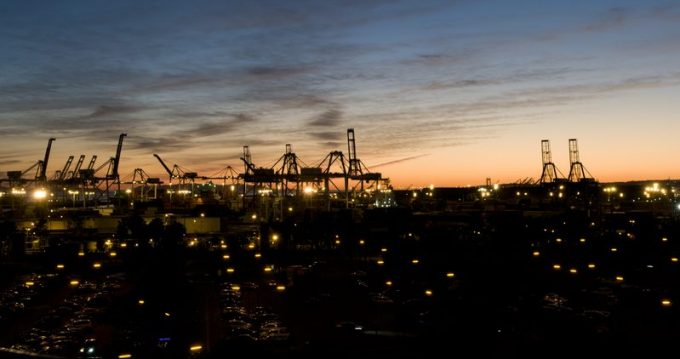Crime gangs using fake security seals to access China-to-US containers
The ability to access and replace the seal on containers is triggering increased amounts of ...

Faced with high volumes and congestion, the largest port complex in North America needs an ‘Amazon state of mind’.
And it should consider measures like round-the-clock operations, says Mario Cordero, executive director of the port of Long Beach.
Long Beach handled 784,845 teu last month, an increase ...


Comment on this article